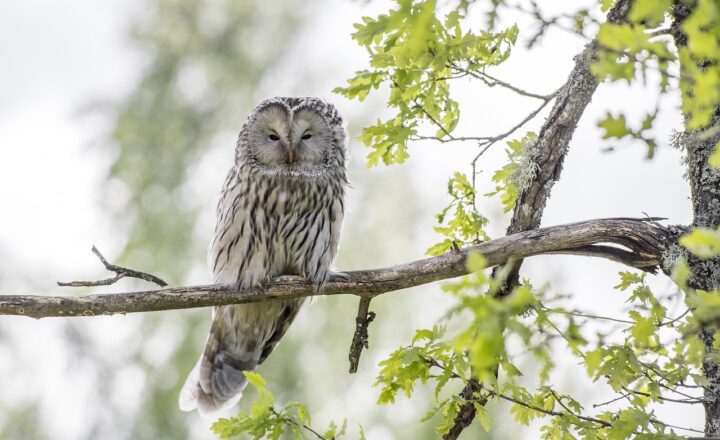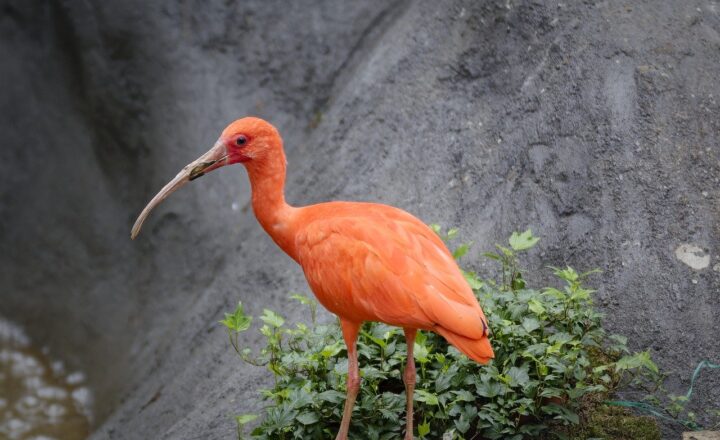The Untold Stories of Wildlife: Animals That Are Proving the Impossible
November 19, 2024

Wildlife is often perceived through a lens of familiarity; we think we know the behaviors and environments of the animals that share our planet. However, nature continues to surprise us, revealing stories that challenge our understanding and defy the limits we impose on what these creatures can achieve. This article dives deep into remarkable instances of wildlife exhibiting extraordinary feats, showcasing their resilience, adaptability, and astonishing capabilities.
1. The Migration Marvels: Monarch Butterflies
One of the most incredible phenomena in the animal kingdom is the migration of monarch butterflies (Danaus plexippus). Every year, these delicate creatures travel up to 3,000 miles from Canada to central Mexico, navigating complexities that would baffle even seasoned travelers.
Hitchhiking on warm weather, these butterflies follow an ancient migratory route that encompasses vast landscapes. What’s even more remarkable is that the butterflies that arrive in Mexico are often several generations removed from the ones that started the journey. This effectively means that they might have never seen the path their ancestors took, yet they still instinctively know where to go.
Researchers have studied these creatures’ navigational instincts, which include the use of the sun as a compass and an innate ability to sense the Earth’s magnetic field. Recent studies have revealed a molecular clock within their bodies that helps them track time and adjust their migration schedule accordingly.
2. The Resilient Desert Tortoise
In the harsh climates of the desert, survival often seems impossible. Yet, the desert tortoise (Gopherus agassizii) has adapted to thrive in extreme conditions. These tortoises go through prolonged periods of drought without food or water, drawing from their uniquely efficient metabolism.
What makes the desert tortoise an undeniable testament to resilience is its ability to access moisture from the plants it consumes and even from the rainfall – when it arrives. These adaptations don’t just stop there; they also exhibit behaviors to conserve water, including digging deep burrows that help them escape the sun’s scorching heat.
Moreover, during severe droughts, they can enter a state of dormancy, slowing their metabolism significantly, allowing them to survive until favorable conditions return. Their strength lies in an incredible survival strategy that showcases nature’s ingenuity.
3. Crows: The Feathered Geniuses
Crows are often seen as mere scavengers, but recent studies have shown that their cognitive abilities rival those of primates. Known for their problem-solving skills, these birds can use tools to gather food or even manipulate their environment effectively.
One striking example is the New Caledonian crow (Corvus moneduloides), which has been observed fashioning hooks out of twigs to extract insects from tree bark. In laboratory settings, these crows have demonstrated the ability to solve multi-step puzzles that require advanced planning and foresight.
Their intelligence extends beyond problem-solving; crows are also known for their sophisticated social structures and ability to communicate complex information, including warning calls that alert other crows to potential threats. This kind of intelligence suggests a level of social awareness and cognitive processing that encourages us to rethink what it means to be intelligent in the animal kingdom.
4. Octopuses: Masters of Disguise
The octopus, a creature of wonder, has long captivated marine biologists and scuba divers alike with its extraordinary abilities, particularly its ability to camouflage. These soft-bodied mollusks possess specialized skin cells called chromatophores that allow them to change color and texture almost instantaneously, disappearing into their surroundings in a matter of seconds.
The common octopus (Octopus vulgaris) has shown the unique capability of changing not just the color, but also the shape of its body to mimic the textures of rocks and corals. More astonishing is their intelligence; octopuses can navigate mazes and open jars, showcasing problem-solving skills that have led researchers to consider them among the most intelligent invertebrates.
Furthermore, octopuses possess the ability to temporarily detach a limb to escape predators. This remarkable adaptability emphasizes their survival skills in the ever-changing undersea environment.
5. The Incredible Strength of Ants
When it comes to raw strength, ants are some of the most powerful creatures when measured by body weight. Certain species can lift objects that are over 50 times their weight. This incredible feat of strength is attributed to their biological structure; ants have a low body mass and a high strength-to-weight ratio.
Beyond sheer strength, the social structures of ants demonstrate teamwork that enables them to accomplish tasks that would be impossible for a single individual. Ants work in unison to build complex nests, gather food, and even protect their communities from intruders, proving that collective intelligence can overcome individual limitations.
Furthermore, species like the leafcutter ants cultivate fungus as their primary food source, showcasing advanced agricultural techniques that involve cutting leaves and transporting them back to their colonies. This level of organization and cooperative behavior underscores the complexity of their social structures and adaptability.
Conclusion
The untold stories of wildlife reveal a captivating world where the incredible becomes possible. From the migration of monarch butterflies over vast distances to the problem-solving skills of crows, it is evident that the capabilities of animals often exceed our understanding. These creatures not only adapt to their environments but also challenge our perceptions of intelligence and resilience in nature.
As we become more attuned to these extraordinary narratives, it’s crucial that we advocate for the conservation of wildlife and their habitats. The stories of these animals deserve to be told, inspiring us to embrace the wonder of nature and protect the incredible diversity of life on Earth. Let’s continue to explore and appreciate the intricate tapestry of the wildlife that surrounds us, ensuring that these untold stories are shared for generations to come.







